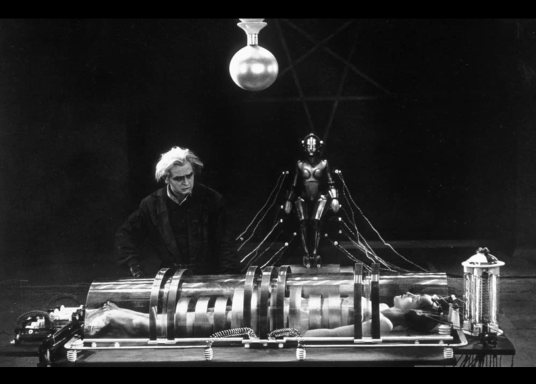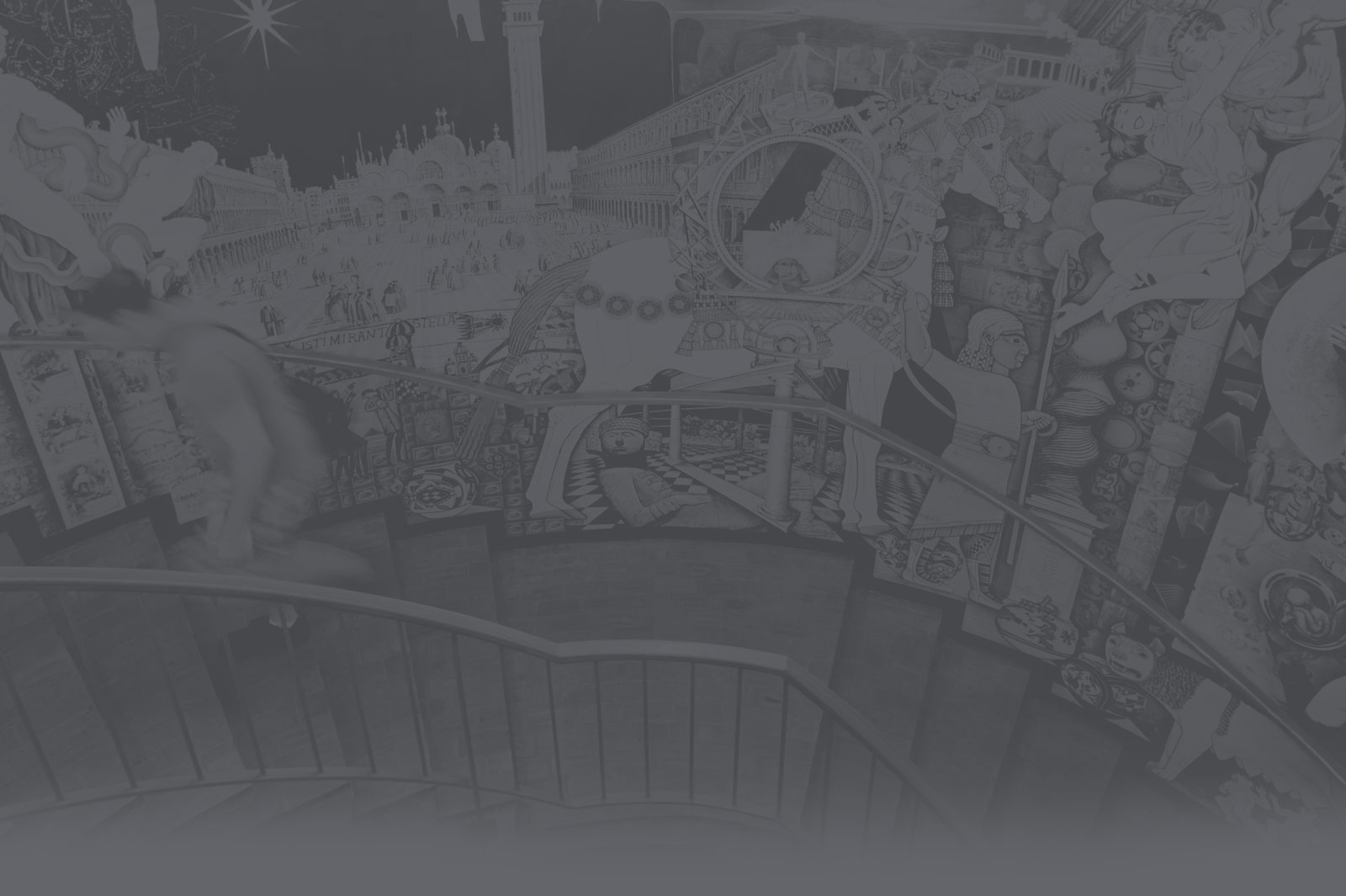 OK, why did I post a big still image from Fritz Lang’s 1927 film masterpiece Metropolis at the top of this article marking Public Domain Day 2023? Well, because now I CAN, without fearing accusations of copyright infringement or threats of a lawsuit.
OK, why did I post a big still image from Fritz Lang’s 1927 film masterpiece Metropolis at the top of this article marking Public Domain Day 2023? Well, because now I CAN, without fearing accusations of copyright infringement or threats of a lawsuit.
Metropolis entered the public domain on January 1st, 2023. That means that all copyright protections on the film have expired, without the possibility of renewal or extension. The work can be freely excerpted, publicly screened, digitized, or otherwise reformatted, reproduced, and sold commercially, or used as the basis of derivative works*, without any copyright entanglements.
Before going any further, however, let’s briefly review what copyright is, in the first place. Basically, it’s a legal guarantee on the part of the federal government that holders of creative “intellectual property” such as literature, photos, movies, music, etc, can control the reproduction and redistribution of their works and can receive exclusive revenue from the commercialization of those works. Copyright law in the Anglosphere dates back to at least the 17th century and was codified in England as the Statute of Anne, which granted copyright to authors for a period of 14 years. In the ensuing centuries, the term of copyright protection for works by a single creator has been repeatedly lengthened such that now in the majority of the world, it lasts for the entire life of that creator plus 70 years beyond. But then the work becomes the free cultural property of the world, aka, public domain.

The value of the public domain should be obvious. If the term of copyright protection were indefinite (some argue that it already functionally is), then countless creative works would forever be locked behind an ancient legal wall, unable to be recreated or synthesized into newer works. In other words, in such a scenario, copyright law would become not the inspiration and defender of creativity, but its very antithesis: any creative use of copyrighted materials would forever be fraught with potential infringement liability, and the vague “fair use” factors spelled out in 17 U.S.C. §107 would be the only fall-back defense. This has been described as the “copyright chilling effect”.
This is why we observe Public Domain Day: as students, scholars, and citizens, we all consume art of one form of another, and the public domain ensures that we can (eventually) avail ourselves of the world’s creative heritage to generate new art. Besides Metropolis, this year we celebrate the liberation of many other works.
* Derivative works are creations that draw substantially on a copyrighted source work, which means that only the original creator can create such works. These include sequels, adaptations, transcriptions, and translations.
